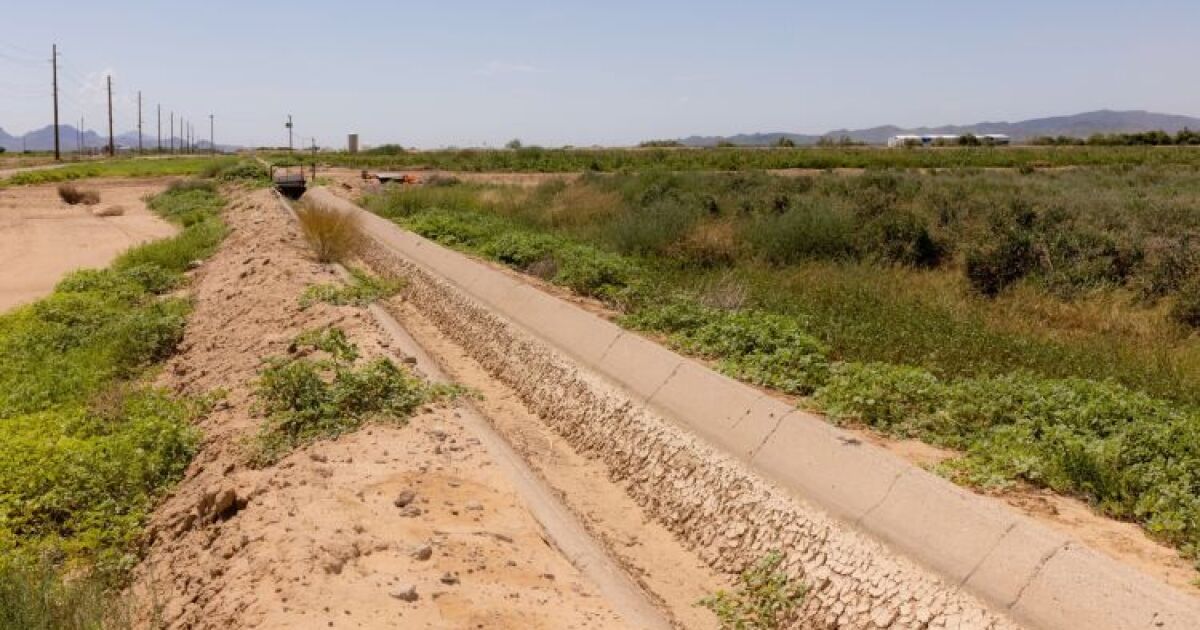Arizona agency, with $1 billion to spend, revs up water hunt
2 min read

Arizona’s Water Infrastructure Financing Authority will begin a solicitation process next year for projects to boost the parched state’s water supply using information gleaned from a query it sent out this fall.
The agency, which oversees $1 billion the state legislature in 2022 appropriated over three years for water augmentation, received 28 responses
Wells Fargo’s response to WIFA’s request for information covered various funding and financing options, including the issuance of long-term water augmentation bonds secured by loan repayments under water supply agreements or leveraging the $1 billion fund similar to the Texas Water Development Board’s
“One complication that will need to be investigated by tax counsel is whether PABs may be issued for any portion of the facilities located outside of the United States (such as the proposed desalination plant in Mexico),” Wells Fargo’s response said. “These facilities may qualify for tax-exempt financing as output facilities providing water to Arizona.”
Israel-based IDE Technologies, which proposed a desalination project to WIFA late last year, also submitted a response. The project involves WIFA placing a total of $750 million over three years in an escrow account for buying desalinated water produced by a yet-to-be-built plant on the Gulf of California in Puerto Penasco, Mexico, and
IDE officials said the account would serve as a credit enhancement for the company’s private financing of the $5 billion project as purchase commitments are sought from water users in the state.
OneWater P3 Gurus outlined the possibility of seawater desalination or increasing efforts to recycle industrial and municipal water. It suggested a P3 for a large desalination project “backed by the state to ensure that there is an offset to the Colorado River allocation and revenue being supported by a combination of United States and Mexico border agencies.”
“Multiple large scale private equity firms would want to participate in this P3 deploying their capital for 20% of the investment in return for long-term investments while the remaining 80% can be supported by the municipal bonds,” OneWater’s submission said.
Western Water Project envisioned a $125 billion coastal pipeline from the Pacific Northwest that could be extended inland to Arizona with some costs financed with tax-exempt industrial development bonds amortized over an extended period of years.
A pay-as-you-go plan from Water Train Inc. would ship as much as 30,000 acre feet of non-potable spring water annually to Arizona via rail under a seven-year contract.







